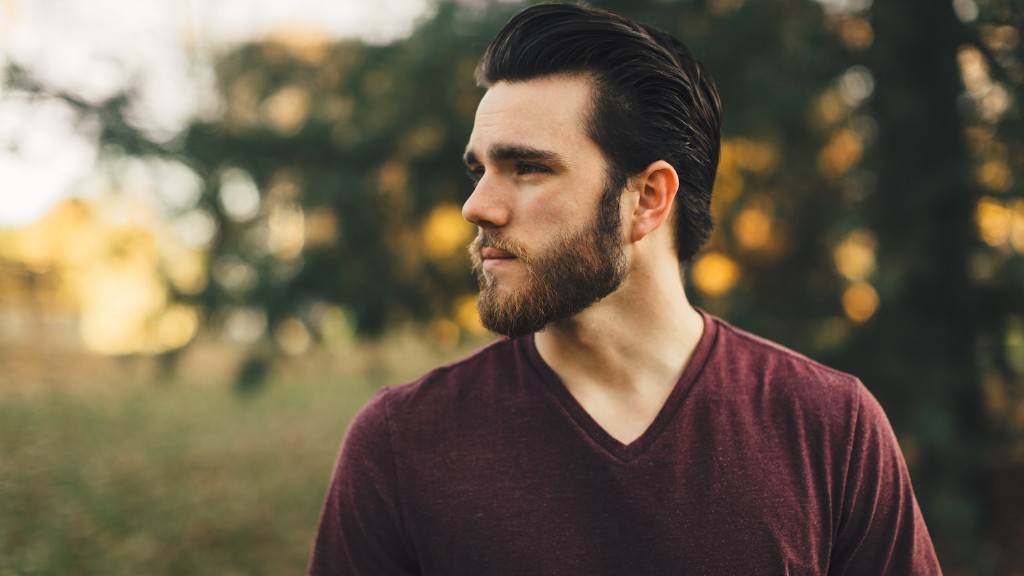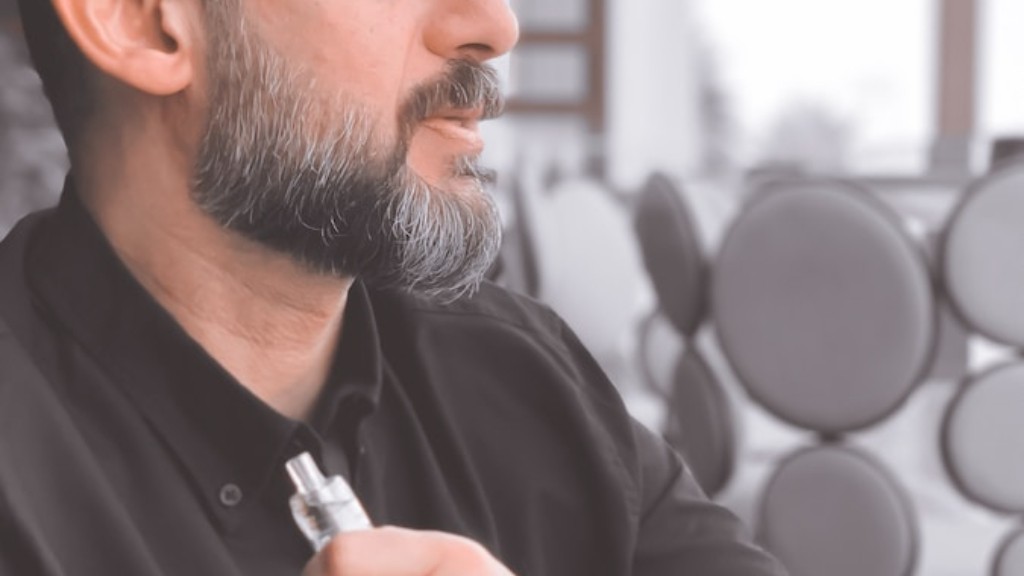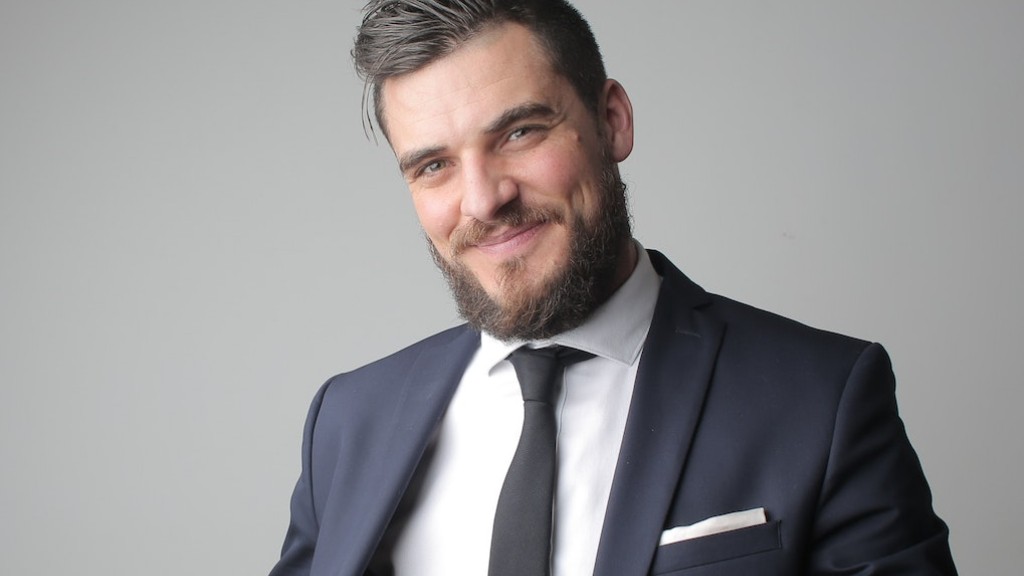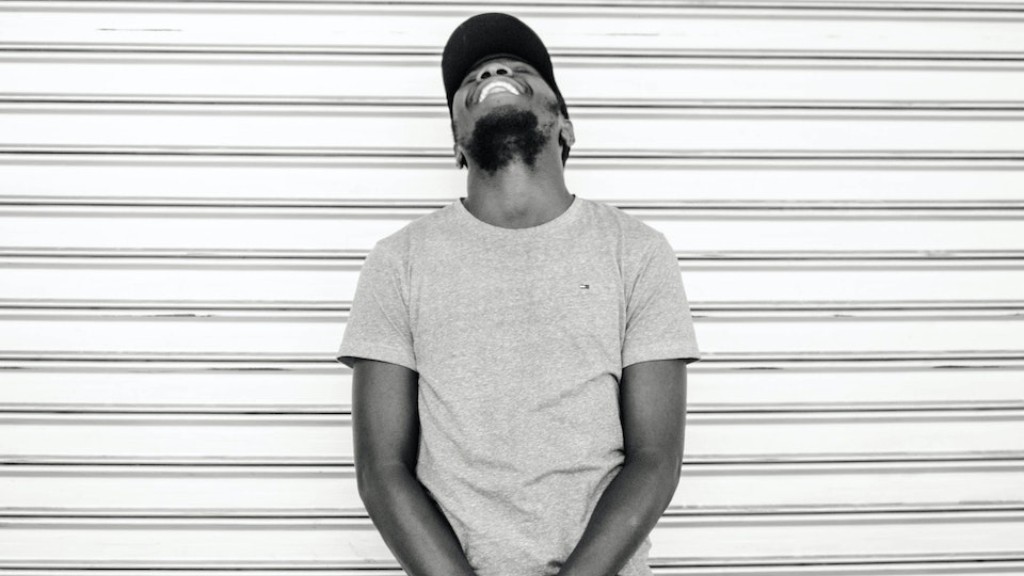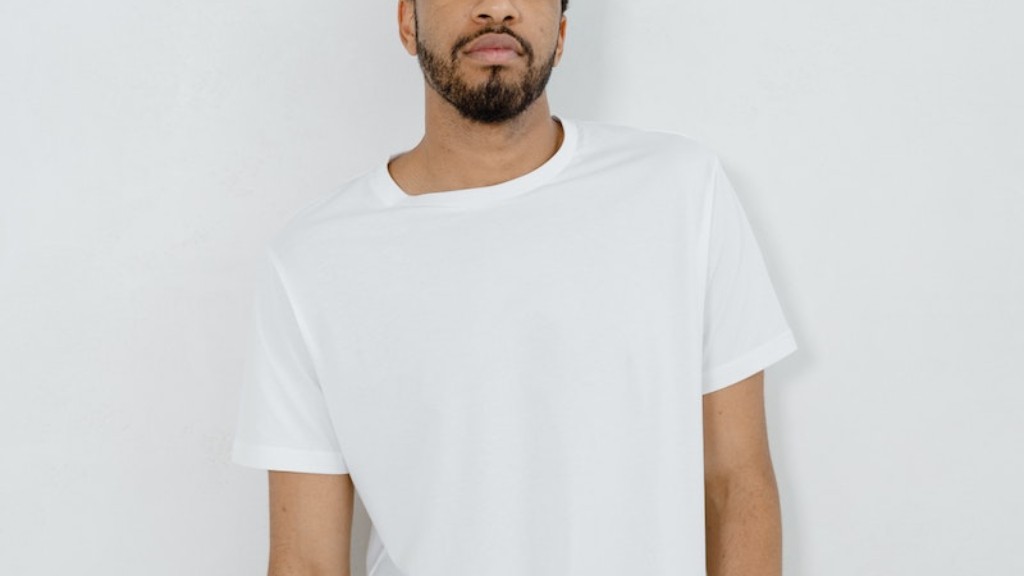Did you know that you can donate your beard hair? It’s true! Beard hair can be donated to organizations that make wigs for cancer patients and other people with medical hair loss. If you’re thinking of donating your beard hair, there are a few things you should know. First, only certain types of hair can be used for wigs. The hair must be at least eight inches long and be of a certain thickness. Second, the hair must be free of any chemicals, dyes, or other treatments. Finally, it’s important to make sure the hair is clean and dry before donating it. If you’re interested in donating your beard hair, talk to a doctor or hair stylist to see if you’re a good candidate.
Yes, you can donate beard hair.
How long does beard hair need to be to donate?
This is to inform you that 10 inches measured tip-to-tip is the minimum length that can be donated. Colored or permed hair is acceptable.
Organizations that collect hair donations may have different policies on what types of hair they will accept. Some may not take hair that is colored/bleached, permed, dreadlocked, or gray. All other hair is usually allowed. If you’re not sure what types of hair are accepted, it’s best to check with the organization before donating.
What is donated beard hair used for
Beard hair can be used for a variety of applications to transplant the scalp with good results. Many patients will be able to provide 3,000-5,000 grafts from their beard region. I never try to remove all of the beard hairs, as I think having a thin beard looks more natural than having no beard.
If you’re looking for a way to raise money for cancer research, why not try growing a beard or moustache? Collect donations from friends, family, and co-workers as you let your facial hair grow out, then have a shave-off to see who can raise the most money. It’s a fun and easy way to support a good cause!
Can you use beard as donor area?
Beard hair is a great option for body hair transplants because it is typically very thick. Up to 1000 grafts can be harvested from the beard, but if more is taken, gaps may appear in the beard. Because beard hairs are very firm and rigid, they are not typically good for the hairline.
Locks of Love is a nonprofit organization that provides hair prosthetics to children suffering from long-term medical hair loss. The organization was founded in 1997 by Madonna W Coffman, and since then, has provided hair prosthetics to over 6,000 children in the United States and Canada. Locks of Love does not charge children or their families for the hair prosthetics they receive.
What type of hair is best to donate?
If you are interested in donating your hair to one of the above mentioned organisations, please ensure that your hair meets their requirements. Locks of Love takes hair colored or grey but not over-processed or bleached hair over 10 inches. Pink Heart Funds paused its wig donations during the pandemic, but is now accepting ponytails 14 inches or longer. Wigs for Kids will take grey, but not dyed, hair that is at least 12 inches long.
If you are considering donating your hair, the organization you choose will likely have specific requirements for minimum length and types of hair accepted. For example, the Canadian Cancer Society specifies that donated hair must be a minimum of 8 inches in length. Additionally, they prefer hair that is untreated (e.g., not dyed or chemically treated) and all natural colors, including grey.
Can I shave my head to donate hair
Are you looking for a way to help kids with cancer, but not ready to rock a bald head? You can still donate your hair AND help find cures for kids with cancer with a Do What You Want fundraiser. If you want to get your head shaved and donate your hair at the same time, sign up as a shavee.
Beard hair transplants are a popular procedure among men who desire more facial hair. Typically, 3000 beard hair grafts can be taken from the face and neck region before significant thinning out of the beard occurs. However, many men never wish to grow a beard, so the actual graft count could be even higher. If you’re considering a beard transplant, consult with a board certified facial plastic surgeon to learn more about the procedure and to determine if you’re a good candidate.
Can we use beard hair for transplant?
Follicular unit extraction (FUE) is a minimally invasive surgical technique used to harvest hair follicles from the donor area. This technique enables the use of robust body and beard hair as additional donor hair in suitable patients. FUE is a good option for patients who do not want to undergo a strip excision and suturing procedure.
Hair from every part of the body can be used in a hair transplantation, but the most commonly used hair is from the back of the head. This is because the hair from the back of the head is usually more resistant to balding.
Who inherits facial hair
Your ability to grow a thick beard is mostly determined by your genetics. If your father and grandfathers have thick beards, then you will likely be able to grow a thick beard as well. The hormones responsible for masculine traits like a deep voice and the ability to grow facial hair are called androgens.
No Shave November is a movement that started in 2004 to raise awareness for men’s health issues, specifically prostate cancer. The idea is that men forego shaving their facial hair for the month of November in order to spark conversation and raise awareness about men’s health issues. No Shave November has grown exponentially in recent years, with more and more men (and even women!) participating each year. The No Shave November website even has a section dedicated to helping people start their own No Shave November fundraising campaigns. So if you’re wondering whether No Shave November is still a thing, the answer is a resounding yes!
Why do men not shave in November?
The goal of No-Shave November is to grow awareness by embracing our hair, which many cancer patients lose, and letting it grow wild and free. Donate the money you typically spend on shaving and grooming to educate about cancer prevention, save lives, and aid those fighting the battle.
The US military has a long history of banning beards for its recruits. This policy was first put in place during World War I in order to promote a more uniform appearance among the troops. Although some mustaches are still allowed, the vast majority of recruits are not permitted to grow beards. This policy is still in place today and is likely to continue for the foreseeable future.
Warp Up
Yes, you can donate beard hair!
Yes, you can donate beard hair. The process is pretty similar to donating hair from your head. First, you’ll need to grow out your beard and make sure that it is clean and free of knots. Once it is the desired length, you can make an appointment with a local salon or barbershop that offers hair donations. They will usually donate the hair to a charity that provides wigs for cancer patients or other individuals with hair loss.
